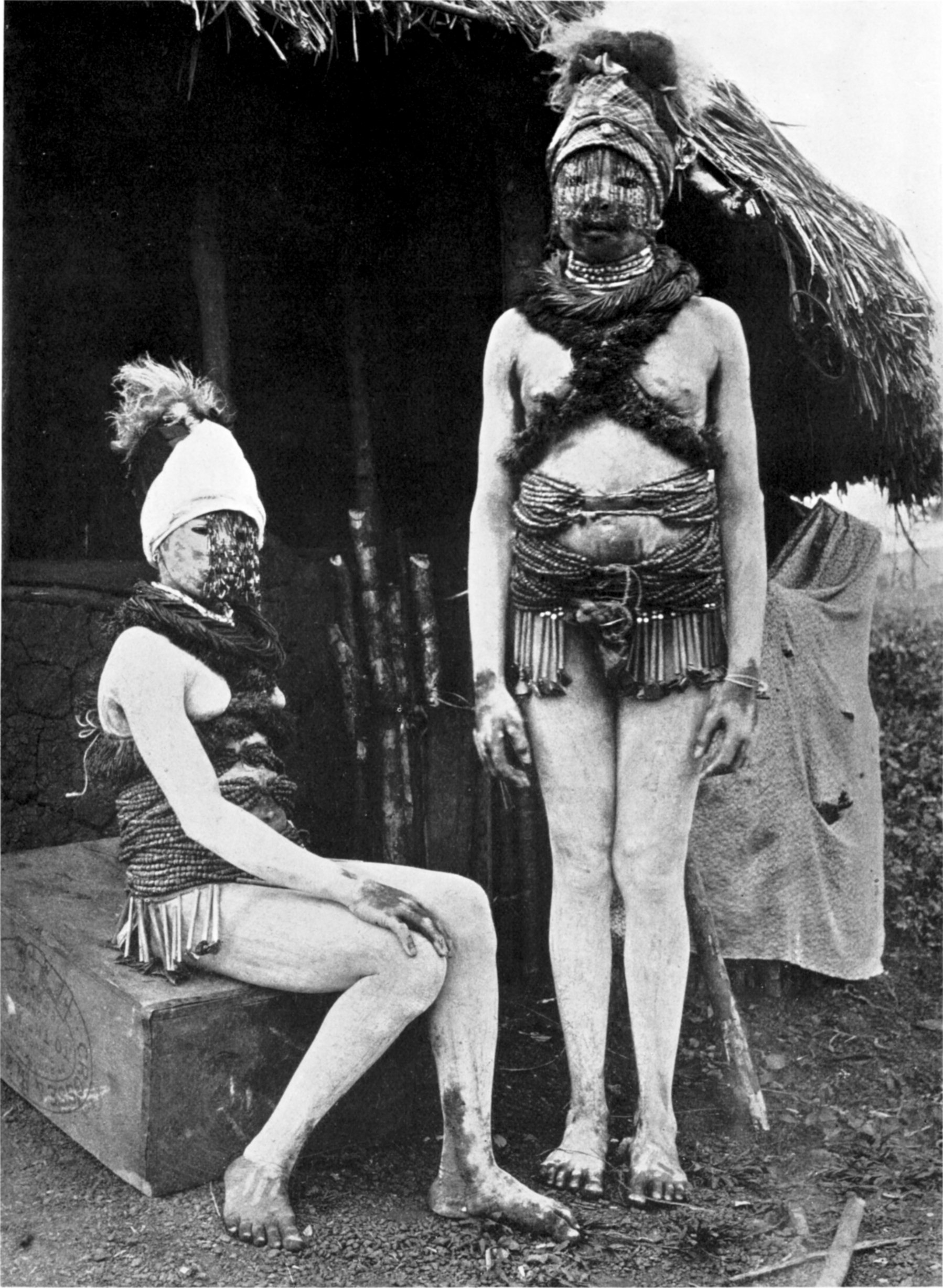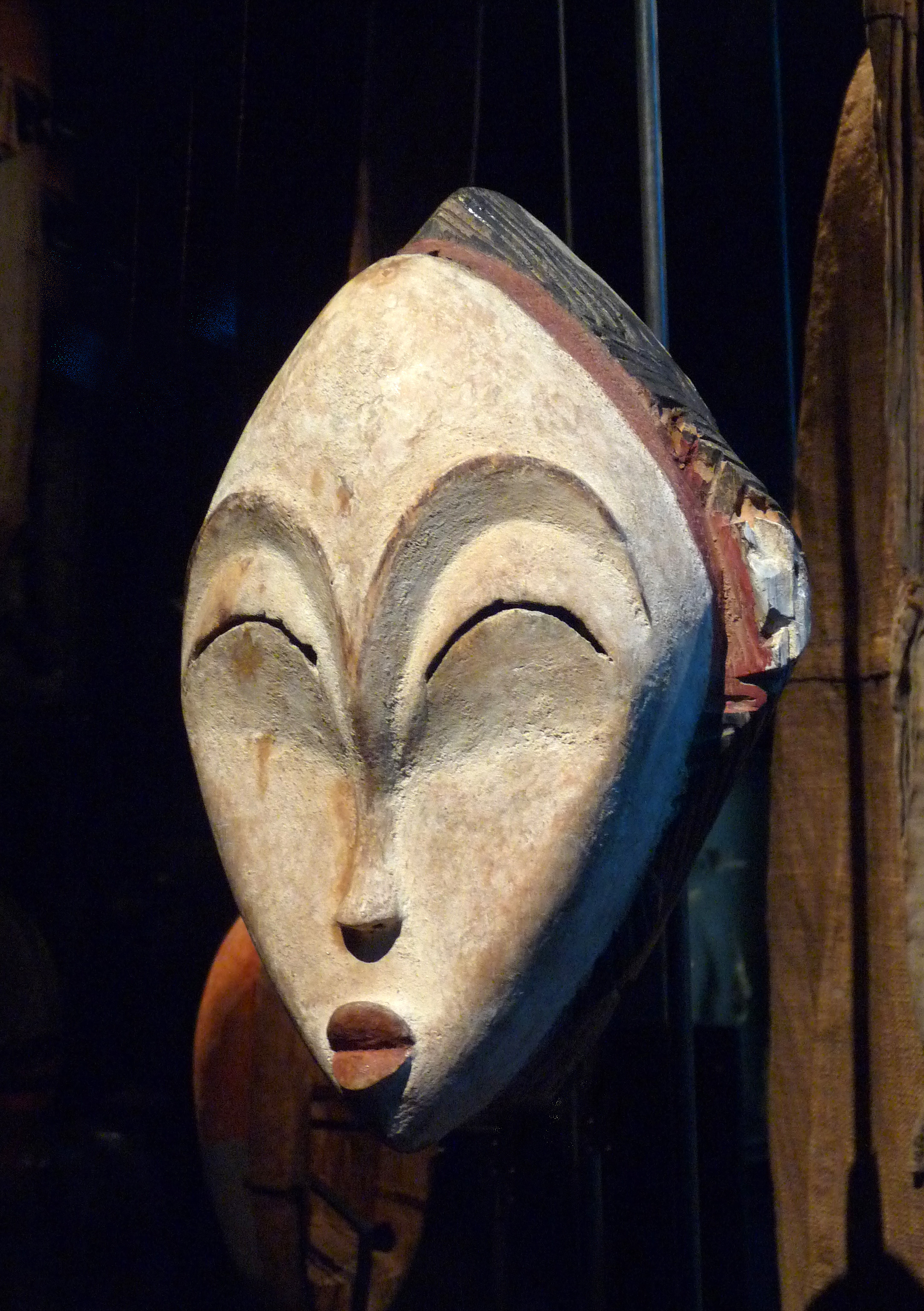|
Robert Hull Fleming Museum
The Fleming Museum of Art is a museum of art and anthropology at the University of Vermont in Burlington. The museum's collection includes some 25,000 objects from a wide variety of eras and places. Until 2014, the museum was known as the Robert Hull Fleming Museum. According to the ''Vermont Encyclopedia'', the museum is a cultural center for the community and "attracts a diverse audience from UVM, area colleges, and the general public." The current director of the museum is Janie Cohen. History The University of Vermont began to acquire a collection of art, artifacts, and other objects in 1826, when a society of faculty and others formed the College of Natural History, a society separate from the university but housing its collections at the Old Mill building on the University Green, in order to begin "the acquisition and diffusion of knowledge in every department of natural history, and the accumulation of books, instruments and all materials which can advance these ends." Am ... [...More Info...] [...Related Items...] OR: [Wikipedia] [Google] [Baidu] |
Burlington, Vermont
Burlington is the most populous city in the U.S. state of Vermont and the seat of Chittenden County. It is located south of the Canada–United States border and south of Montreal. As of the 2020 U.S. census, the population was 44,743. It ranks as the least populous city in the United States to also be the most populous city in its state. A regional college town, Burlington is home to Champlain College and the University of Vermont (UVM). Vermont's largest hospital, the UVM Medical Center, is within the city limits. The City of Burlington owns Vermont's largest airport, the Burlington International Airport, located in neighboring South Burlington. In 2015, Burlington became the first city in the U.S. to run entirely on renewable energy. History Early history to early 20th century Two theories have been put forward regarding the origin of Burlington's name. The first is that it was named after Richard Boyle, 3rd Earl of Burlington, and the second is that the name ... [...More Info...] [...Related Items...] OR: [Wikipedia] [Google] [Baidu] |
Children's Museum
Children's museums are institutions that provide exhibits and programs to stimulate informal learning experiences for children. In contrast with traditional museums that typically have a hands-off policy regarding exhibits, children's museums feature interactive exhibits that are designed to be manipulated by children. The theory behind such exhibits is that activity can be as educational as instruction, especially in early childhood. Most children's museums are nonprofit organizations, and many are run by volunteers or by very small professional staffs. International professional organizations of children's museums include the Association of Children's Museums (ACM), which was formed in 1962 as the American Association of Youth Museums (AAYM) and in 2007 counted 341 member institutions in 23 countries, and The Hands On! Europe Association of Children's Museum (HO!E), established in 1994, with member institutions in 34 countries as of 2007. Many museums that are members of ACM off ... [...More Info...] [...Related Items...] OR: [Wikipedia] [Google] [Baidu] |
Southeast Africa
Southeast Africa or Southeastern Africa is an African region that is intermediate between East Africa and Southern Africa. It comprises the countries Botswana, Eswatini, Kenya, Lesotho, Malawi, Mozambique, Namibia, Rwanda, South Africa, Tanzania, Uganda, Zambia and Zimbabwe in the mainland, with the island-nations of Madagascar, Mauritius, Comoros, and Seychelles also included. History Prehistory East and southern Africa are among the earliest regions where modern humans (Homo sapiens) and their predecessors are believed to have lived. In September 2019, scientists reported the computerized determination, based on 260 CT scans, of a virtual skull shape of the last common human ancestor to modern humans/''H. sapiens'', representative of the earliest modern humans, and suggested that modern humans arose between 350,000 and 260,000 years ago through a merging of populations in South and East Africa. Bantu expansion Bantu-speakers traversed from Central Africa into South ... [...More Info...] [...Related Items...] OR: [Wikipedia] [Google] [Baidu] |
Sande Society
Sande, also known as zadεgi, bundu, bundo and bondo, is a women's initiation society in Liberia, Sierra Leone, Guinea and the Ivory Coast. The Sande society initiates girls into adulthood by rituals including female genital mutilation. It is said by its supporters to confer fertility, to instill notions of morality and proper sexual comportment, and to maintain an interest in the well-being of its members throughout their lives. In addition, Sande champions women's social and political interests and promotes their solidarity vis-a-vis the Poro, a complementary institution for men. The Sande society masquerade is a rare and perhaps unique African example of a wooden face mask controlled exclusively by women – a feature that highlights the extraordinary social position of women in this geographical region. Geographic extent The Sande society is found throughout the Central West Atlantic Region, an ethnically plural and linguistically diverse region that lies within the littora ... [...More Info...] [...Related Items...] OR: [Wikipedia] [Google] [Baidu] |
Ashanti People
The Asante, also known as Ashanti () are part of the Akan ethnic group and are native to the Ashanti Region of modern-day Ghana. Asantes are the last group to emerge out of the various Akan civilisations. Twi is spoken by over nine million Asante people as a first or second language. The wealthy, gold-rich Asante people developed the large and influential Ashanti Empire, along the Lake Volta and Gulf of Guinea. The empire was founded in 1670, and the capital Kumase was founded in 1680 by Asantehene (emperor) Osei Kofi Tutu I on the advice of Okomfo Anokye, his premier. Sited at the crossroads of the Trans-Saharan trade, the Kumase megacity's strategic location contributed significantly to its growing wealth. Over the duration of the Kumase metropolis' existence, a number of peculiar factors have combined to transform the Kumase metropolis into a financial centre and political capital. The main causal factors included the unquestioning loyalty to the Asante rulers and the Kum ... [...More Info...] [...Related Items...] OR: [Wikipedia] [Google] [Baidu] |
African Sculpture
Most African sculpture was historically in wood and other organic materials that have not survived from earlier than at most a few centuries ago; older pottery figures are found from a number of areas. Traditional African masks, Masks are important elements in the art of many peoples, along with human figures, often highly stylized. There is a vast variety of styles, often varying within the same context of origin depending on the use of the object, but wide regional trends are apparent; sculpture is most common among "groups of settled cultivators in the areas drained by the Niger and Congo rivers" in West Africa. Direct images of List of African mythological figures, African deities are relatively infrequent, but masks in particular are or were often made for Traditional African religions, traditional African religious ceremonies; today many are made for tourists as "airport art". African masks were an influence on European Modernism, Modernist art, which was inspired by their ... [...More Info...] [...Related Items...] OR: [Wikipedia] [Google] [Baidu] |
Central Africa
Central Africa is a subregion of the African continent comprising various countries according to different definitions. Angola, Burundi, the Central African Republic, Chad, the Democratic Republic of the Congo, the Republic of the Congo, Equatorial Guinea, Gabon, Rwanda, and São Tomé and Príncipe are members of the Economic Community of Central African States (ECCAS). Six of those states (the Central African Republic, Chad, the Republic of the Congo, Equatorial Guinea, and Gabon) are also members of the Economic and Monetary Community of Central Africa (CEMAC) and share a common currency, the Central African CFA franc. The African Development Bank defines Central Africa as the Central African Republic, Chad, the Democratic Republic of the Congo, the Republic of the Congo, Equatorial Guinea, and Gabon. Middle Africa is an analogous term used by the United Nations in its geoscheme for Africa. It includes the same countries as the African Development Bank's definition, ... [...More Info...] [...Related Items...] OR: [Wikipedia] [Google] [Baidu] |
West Africa
West Africa or Western Africa is the westernmost region of Africa. The United Nations defines Western Africa as the 16 countries of Benin, Burkina Faso, Cape Verde, The Gambia, Ghana, Guinea, Guinea-Bissau, Ivory Coast, Liberia, Mali, Mauritania, Niger, Nigeria, Senegal, Sierra Leone, and Togo, as well as Saint Helena, Ascension and Tristan da Cunha ( United Kingdom Overseas Territory).Paul R. Masson, Catherine Anne Pattillo, "Monetary union in West Africa (ECOWAS): is it desirable and how could it be achieved?" (Introduction). International Monetary Fund, 2001. The population of West Africa is estimated at about million people as of , and at 381,981,000 as of 2017, of which 189,672,000 are female and 192,309,000 male. The region is demographically and economically one of the fastest growing on the African continent. Early history in West Africa included a number of prominent regional powers that dominated different parts of both the coastal and internal trade networks, suc ... [...More Info...] [...Related Items...] OR: [Wikipedia] [Google] [Baidu] |
Africa
Africa is the world's second-largest and second-most populous continent, after Asia in both cases. At about 30.3 million km2 (11.7 million square miles) including adjacent islands, it covers 6% of Earth's total surface area and 20% of its land area.Sayre, April Pulley (1999), ''Africa'', Twenty-First Century Books. . With billion people as of , it accounts for about of the world's human population. Africa's population is the youngest amongst all the continents; the median age in 2012 was 19.7, when the worldwide median age was 30.4. Despite a wide range of natural resources, Africa is the least wealthy continent per capita and second-least wealthy by total wealth, behind Oceania. Scholars have attributed this to different factors including geography, climate, tribalism, colonialism, the Cold War, neocolonialism, lack of democracy, and corruption. Despite this low concentration of wealth, recent economic expansion and the large and young population make Afr ... [...More Info...] [...Related Items...] OR: [Wikipedia] [Google] [Baidu] |
Art Museum
An art museum or art gallery is a building or space for the display of art, usually from the museum's own Collection (artwork), collection. It might be in public or private ownership and may be accessible to all or have restrictions in place. Although primarily concerned with Visual arts, visual art, art museums are often used as a venue for other cultural exchanges and artistic activities, such as lectures, performance arts, music concerts, or poetry readings. Art museums also frequently host themed temporary exhibitions, which often include items on loan from other collections. Terminology An institution dedicated to the display of art can be called an art museum or an art gallery, and the two terms may be used interchangeably. This is reflected in the names of institutions around the world, some of which are called galleries (e.g. the National Gallery and Neue Nationalgalerie), and some of which are called museums (including the Metropolitan Museum of Art, the Museum of Mo ... [...More Info...] [...Related Items...] OR: [Wikipedia] [Google] [Baidu] |
Art History
Art history is the study of aesthetic objects and visual expression in historical and stylistic context. Traditionally, the discipline of art history emphasized painting, drawing, sculpture, architecture, ceramics and decorative arts; yet today, art history examines broader aspects of visual culture, including the various visual and conceptual outcomes related to an ever-evolving definition of art. Art history encompasses the study of objects created by different cultures around the world and throughout history that convey meaning, importance or serve usefulness primarily through visual representations. As a discipline, art history is distinguished from art criticism, which is concerned with establishing a relative artistic value upon individual works with respect to others of comparable style or sanctioning an entire style or movement; and art theory or "philosophy of art", which is concerned with the fundamental nature of art. One branch of this area of study is aesthetics, wh ... [...More Info...] [...Related Items...] OR: [Wikipedia] [Google] [Baidu] |







